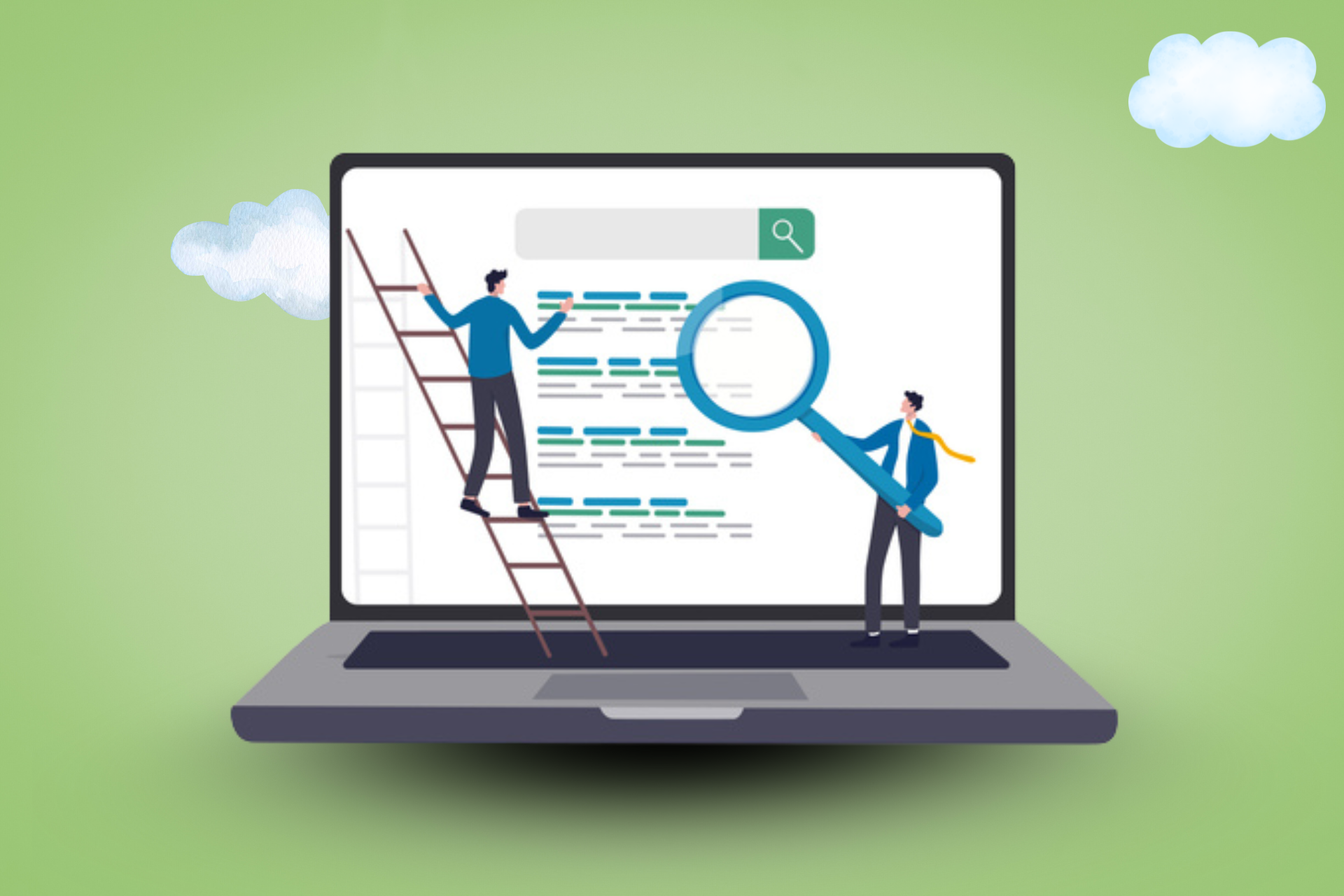Proactive Marketing vs. Reactive Marketing: What's the Difference?
In the world of getting your business out there, small business owners like you face a lot of challenges. But there's a smart way to handle this—proactive marketing. And for folks running smaller businesses, it's like having a secret weapon.

So let's break down what proactive marketing and reactive marketing are:
Proactive Marketing
Making a Plan for the Long Run: Proactive marketing is like making a plan for your businesses future. It's a way for you to make smart decisions and not just do something quickly when things change. By planning ahead, you can save money in the long run and be ready for anything that happens.
Getting Ready for What's Next: Proactive marketing helps you look ahead and figure out what your customers might want in the future. This way, you can use your money smartly by planning for what's coming.
Standing Out from the Big Guys: Big companies always seem to have the best marketing, but with proactive marketing, your small business can be a great competitor. It gives you time to try different strategies, so you can compete and be special in what you offer.
Making People Remember You: Proactive marketing can be great for lead generation, but it's really helpful for brand awareness. It increases the chances of a customer remembering your company's name when they're looking for your services.
How Proactive Marketing Helps You
Grasping New Opportunities: Proactive marketing helps you see what's new and take advantage of it. You can change what you're offering to fit what customers want at any given time.
Using Money Wisely: You don't want to waste money and not see an ROI. Proactive marketing helps you spend your money smartly by thinking about what's best for the long term, not just for right now.
Building Rapport with Customers: Being proactive means you can get closer to your customers. When customers like what you do, they keep coming back.
Reactive Marketing
Contrary to proactive marketing, reactive marketing is about responding to existing market conditions and consumer behaviors. It's about changing your strategies based on what's happening right now, rather than trying to predict what will happen in the future.
Real-time Response: With reactive marketing, you need to respond in real-time to what's going on in the market or sudden changes in how customers are acting. It's all about acting fast to make the most of immediate opportunities.
Customer-Centric Approach: If you're using reactive marketing, what comes first is the customer's opinions and how the market is changing. You change what you're doing based on what your customers are saying and what they want.
Agile and Flexible Strategies: This method means you've got to be flexible and make quick decisions. It's about changing your ongoing plans, adjusting the messages you send out, or even bringing out new products fast because of what customers want right now.
Crisis Management: Reactive marketing is often used during crisis management or unforeseen market changes. It helps in mitigating negative impacts by adapting swiftly to the changing market.








